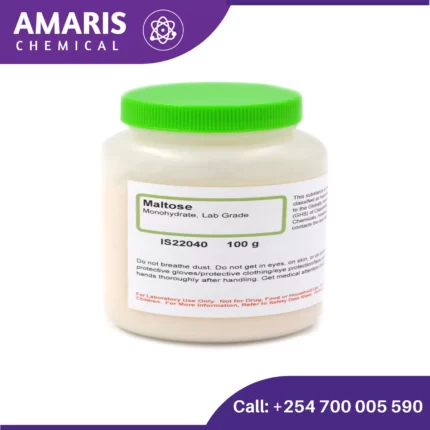
Maltose 100gm (lab grade)
$2,500.00

Manganese Sulphate 500gm
$2,500.00 Original price was: $2,500.00.$2,300.00Current price is: $2,300.00.
Manganese Dioxide 500gm
$2,500.00 Original price was: $2,500.00.$2,300.00Current price is: $2,300.00.
Whatsapp Order
Manganese dioxide (MnO₂) is an inorganic compound that appears as a black or brown solid. It’s a versatile material with a range of applications in various industries. Here are some key points about manganese dioxide:
Chemical and Physical Properties:
- Chemical Formula: MnO₂
- Molar Mass: 86.94 g/mol
- Appearance: Black or brown powder
- Density: 5.03 g/cm³
- Melting Point: Decomposes at 535 °C (not a true melting point)
SKU:
ACS48664CHEM0
Category: Analytical Reagents
Description
Table of Contents
ToggleUses of Manganese Dioxide
1. Oxidizing Agent:
- Organic Chemistry: MnO₂ is commonly used to oxidize alcohols to aldehydes and ketones. For instance, it can selectively oxidize allylic and benzylic alcohols to the corresponding aldehydes.
- Inorganic Reactions: It serves as an oxidizing agent in various inorganic reactions, such as the oxidation of hydrochloric acid to chlorine gas.
2. Catalyst:
- Decomposition of Hydrogen Peroxide: MnO₂ catalyzes the decomposition of hydrogen peroxide (H₂O₂) into water and oxygen, a reaction often demonstrated in educational settings. 2H2O2→2H2O+O22H_2O_2 rightarrow 2H_2O + O_22H2O2→2H2O+O2
- Synthesis Reactions: It is used as a catalyst in the synthesis of other chemicals, facilitating various redox reactions.
3. Preparation of Oxygen:
- Chemical Reactions: MnO₂ is used to generate oxygen gas in the laboratory by heating it with potassium chlorate (KClO₃): 2KClO3→MnO22KCl+3O22KClO_3 xrightarrow{MnO_2} 2KCl + 3O_22KClO3MnO22KCl+3O2 In this reaction, MnO₂ acts as a catalyst, lowering the decomposition temperature of potassium chlorate.
4. Analytical Chemistry:
- Titration Reactions: It can be used in titration reactions involving redox processes, particularly in the analysis of substances that can be oxidized or reduced.
5. Laboratory Demonstrations:
- Catalytic Activity: Demonstrations often include showing MnO₂’s role in accelerating the decomposition of hydrogen peroxide or its use in producing oxygen gas from potassium chlorate.
6. Synthesis of Other Chemicals:
- Potassium Permanganate: MnO₂ is used in the preparation of potassium permanganate (KMnO₄), a strong oxidizing agent used in various laboratory procedures.
Additional information
| Weight | 500 kg |
|---|
Reviews (0)
Be the first to review “Manganese Dioxide 500gm” Cancel reply
Related products
2 Propanol 2.5 litres (IPA)
Isopropyl alcohol (IPA), also known as 2-propanol, is a colorless, flammable chemical compound with the molecular formula C3H8O. It is a type of alcohol that is commonly used as a solvent, disinfectant, and cleaning agent in a variety of industries, including healthcare, manufacturing, and electronics. IPA is often used as a disinfectant because it is effective at killing a wide range of microorganisms, including bacteria, viruses, and fungi. It is also commonly used as a solvent for oils, resins, and gums, and as a cleaning agent for electronic devices and other equipment.
Acetic Acid 2.5litre
Acetic acid is an organic acid with the chemical formula CH3COOH, also known as ethanoic acid. It is a colorless liquid with a pungent, sour taste and a distinctive vinegar-like odor. Acetic acid is an important industrial chemical used in the production of various products, including solvents, plastics, textiles, and food additives. It is also the main component of vinegar, which is commonly used as a condiment and preservative in cooking and food preparation.
Aluminum Carbonate 250g
Aluminum carbonate is a chemical compound with the formula Al2(CO3)3. It is a white, crystalline solid that is insoluble in water. Aluminum carbonate is not commonly encountered in pure form due to its high instability, especially in the presence of water and carbon dioxide. Instead, it tends to decompose into aluminum hydroxide and carbon dioxide when exposed to moisture or acidic conditions.
Aluminum Nitrate 500gm
Aluminum nitrate is a chemical compound with the formula Al(NO3)3. It's a salt composed of aluminum and nitrate ions. It's commonly encountered as a hydrate with varying numbers of water molecules associated with each aluminum nitrate formula unit. It's soluble in water and is often used in various industrial processes, including as a mordant in dyeing fabrics and in the production of aluminum oxide. Additionally, it's used in some chemical reactions and as a component in some types of rocket propellants.
Ammonium Chloride 500gm
Ammonium chloride is an inorganic compound with the chemical formula NH4Cl. It is a white crystalline salt that is highly soluble in water and has a salty taste. Ammonium chloride is often used in various industrial and laboratory applications, including as a flux in soldering, as a nitrogen source in fertilizers, and as a component in dry cell batteries. It can also be used in medicine as an expectorant to help thin and loosen mucus in the respiratory system


 Emollients
Emollients Humectants
Humectants UV Filters
UV Filters Surfactants (cosmetic)
Surfactants (cosmetic) Preservatives (cosmetic)
Preservatives (cosmetic) Fragrances and Essential Oils
Fragrances and Essential Oils Antioxidants (cosmetics)
Antioxidants (cosmetics)
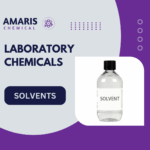 Solvents (lab)
Solvents (lab) Chromatography Chemicals
Chromatography Chemicals Microbiology and Cell Culture Reagents
Microbiology and Cell Culture Reagents Biochemical Reagents
Biochemical Reagents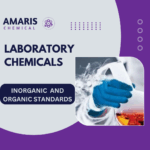 Inorganic and Organic Standards
Inorganic and Organic Standards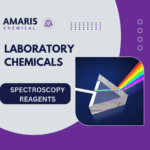 Spectroscopy Reagents
Spectroscopy Reagents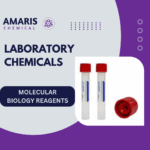 Molecular Biology Reagents
Molecular Biology Reagents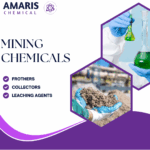
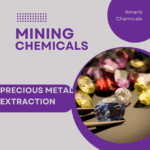 Precious Metal Extraction Agents
Precious Metal Extraction Agents
 Plasticizers
Plasticizers Polymerization Initiators
Polymerization Initiators Stabilizers
Stabilizers Monomers
Monomers Fillers and Reinforcements
Fillers and Reinforcements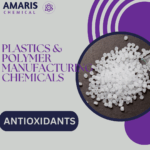 Antioxidants (plastics)
Antioxidants (plastics) Colorants (plastic pigments,Dyes)
Colorants (plastic pigments,Dyes)
 Fertilizers
Fertilizers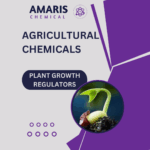 Plant Growth Regulators
Plant Growth Regulators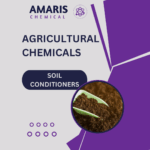 Soil Conditioners
Soil Conditioners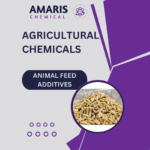 Animal Feed Additives
Animal Feed Additives Biostimulants
Biostimulants
 Dough Conditioners
Dough Conditioners Flour Treatments
Flour Treatments Fat Replacers
Fat Replacers Preservatives (baking)
Preservatives (baking)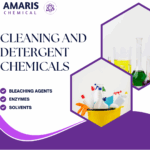
 Surfactants (cleaning)
Surfactants (cleaning)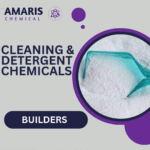 Builders
Builders Bleaching Agents
Bleaching Agents Enzymes
Enzymes Solvents (cleaning)
Solvents (cleaning) Fragrances
Fragrances Disinfectant
Disinfectant Metal cleaning
Metal cleaning
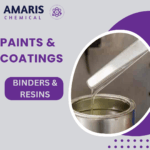 Binders/Resins
Binders/Resins Pigments
Pigments Solvents (paint)
Solvents (paint)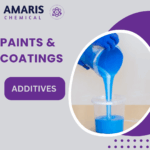 Additives
Additives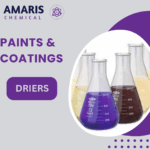 Driers
Driers Anti-Corrosion Agents
Anti-Corrosion Agents Specialty Coatings
Specialty Coatings Functional Coatings
Functional Coatings Application-Specific Coatings
Application-Specific Coatings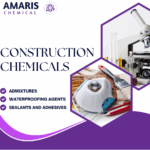
 Sealants and Adhesives
Sealants and Adhesives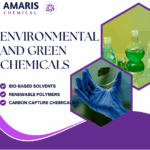
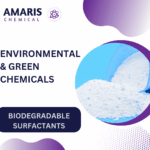 Biodegradable Surfactants
Biodegradable Surfactants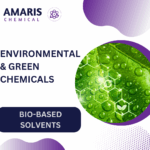 Bio-based Solvents
Bio-based Solvents Renewable Polymers
Renewable Polymers Carbon Capture Chemicals
Carbon Capture Chemicals Wastewater Treatment Chemicals
Wastewater Treatment Chemicals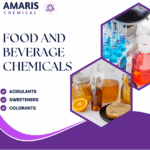
 Preservatives (food)
Preservatives (food)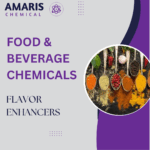 Flavor Enhancers
Flavor Enhancers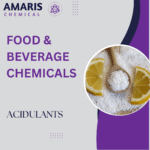 Acidulants
Acidulants Sweeteners
Sweeteners Emulsifiers
Emulsifiers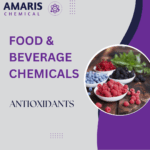 Antioxidants (food)
Antioxidants (food)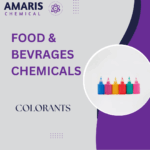 Colorants (food)
Colorants (food) Nutrient Supplements
Nutrient Supplements Nutraceutical Ingredients
Nutraceutical Ingredients
 Fresh Herbs
Fresh Herbs Whole Spices
Whole Spices Ground Spices
Ground Spices Spice Blends
Spice Blends
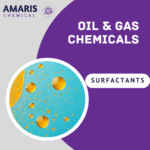 Surfactants(oil)
Surfactants(oil)
 Antibiotics
Antibiotics Active Pharmaceutical Ingredients
Active Pharmaceutical Ingredients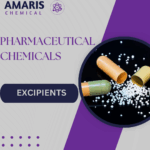 Excipients
Excipients Vaccine Adjuvants
Vaccine Adjuvants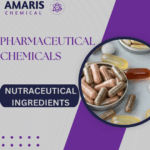 Nutraceutical Ingredients
Nutraceutical Ingredients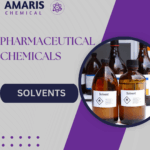 Solvents (pharmaceutical)
Solvents (pharmaceutical)
 Automotive chemicals
Automotive chemicals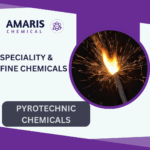 Pyrotechnic Chemicals
Pyrotechnic Chemicals
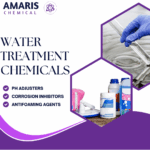

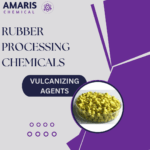 Vulcanizing Agents
Vulcanizing Agents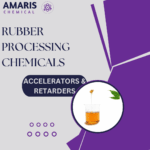 Accelerators & Retarders
Accelerators & Retarders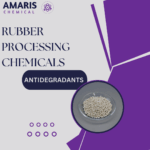 Antidegradants
Antidegradants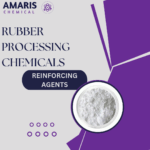 Reinforcing Agents
Reinforcing Agents Plasticizers & Softeners
Plasticizers & Softeners Fillers & Extenders
Fillers & Extenders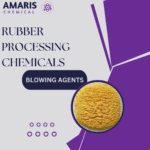 Blowing Agents
Blowing Agents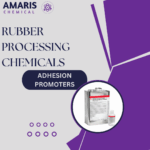 Adhesion Promoters
Adhesion Promoters

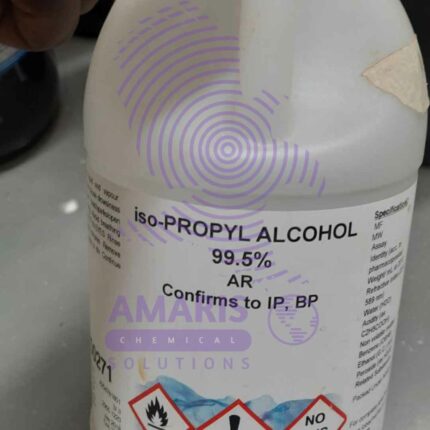
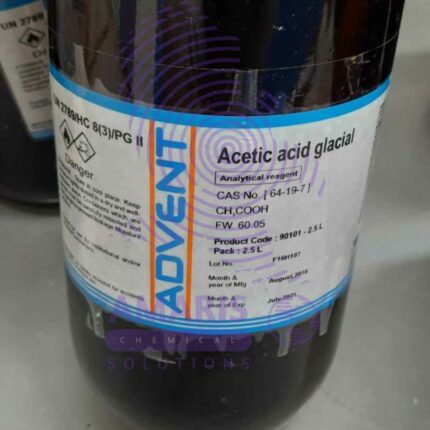
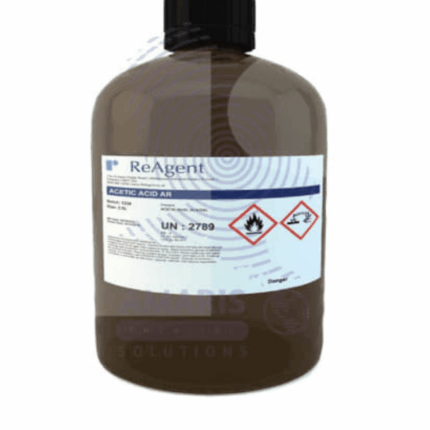
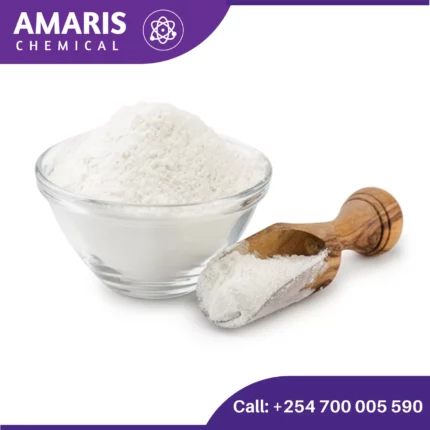
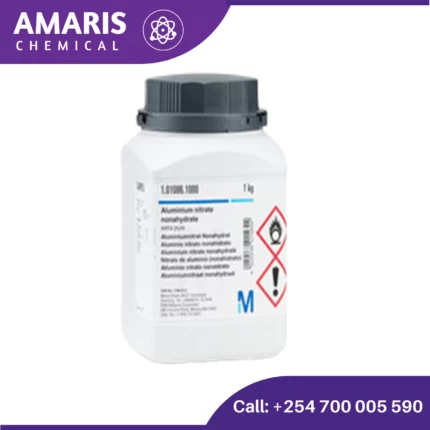
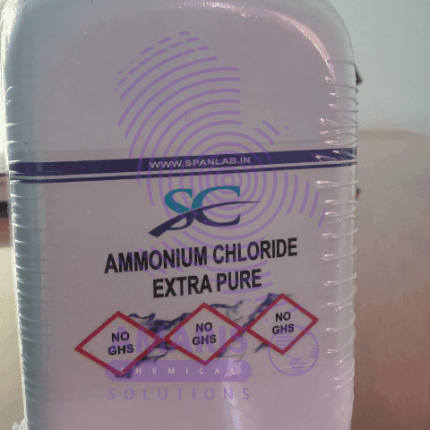
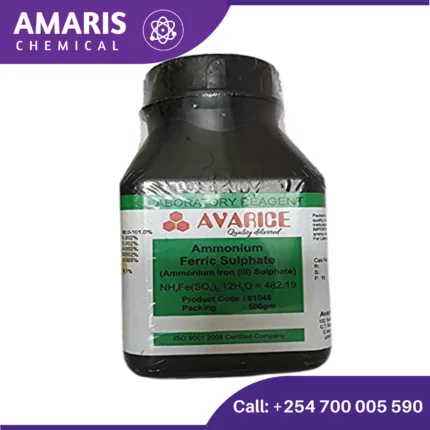
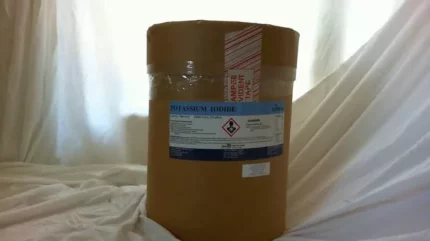
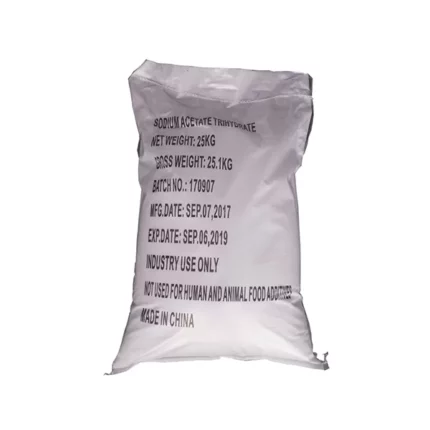






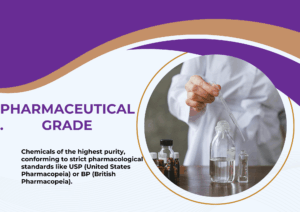
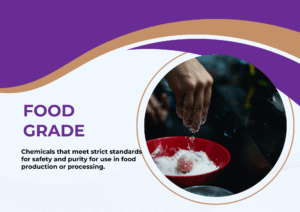
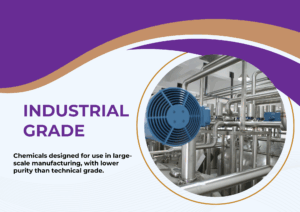
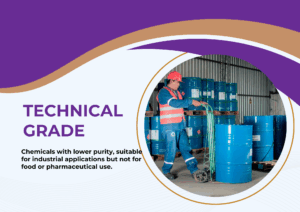




Reviews
There are no reviews yet.